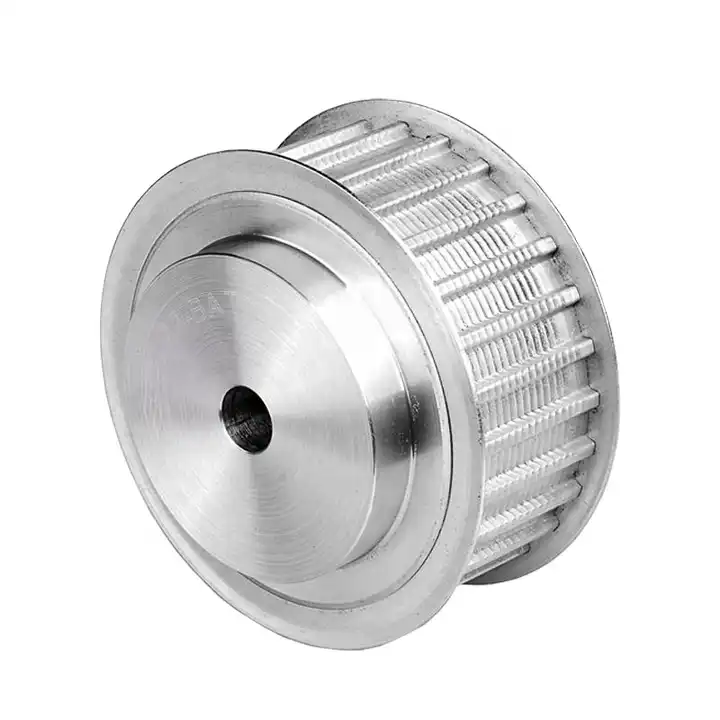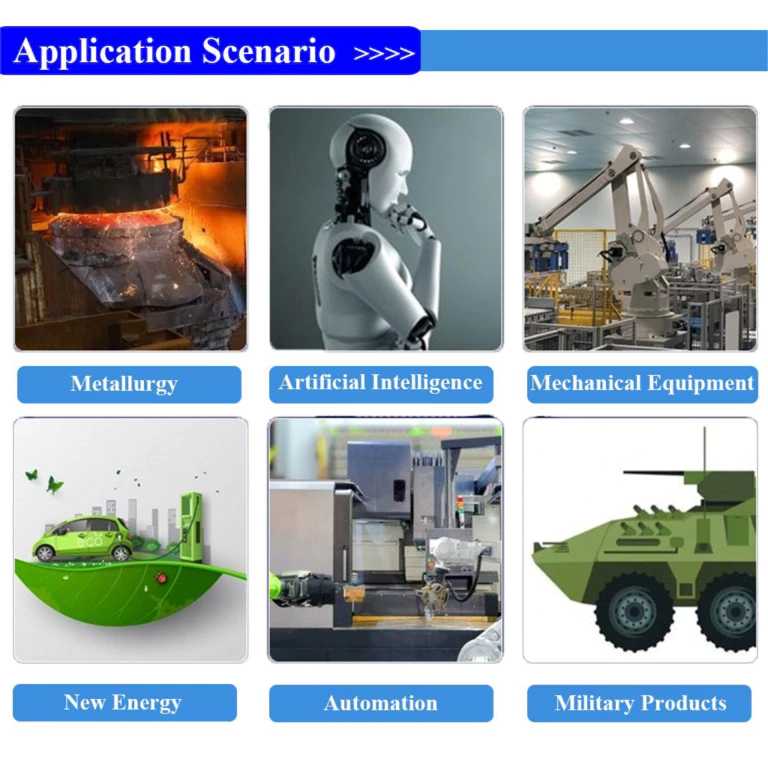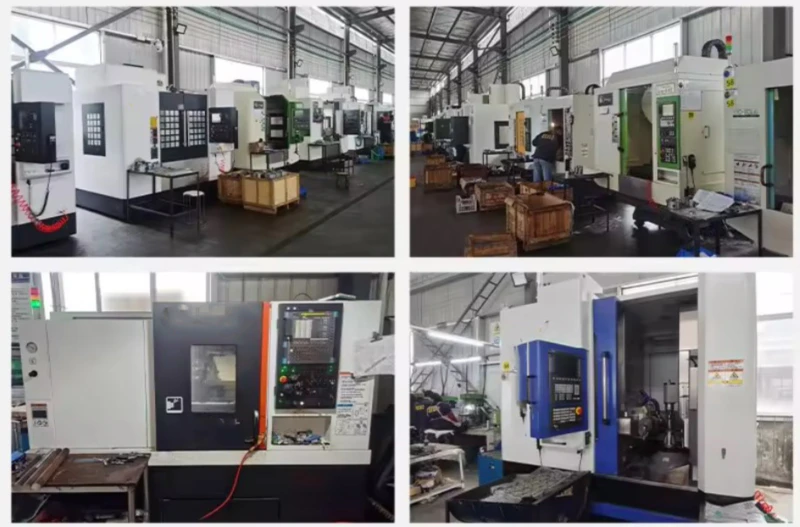Timing Pulley Performance Testing and Quality Assurance
A timing pulley is a mechanical component that is used to transmit rotational motion and power between two parallel axes. It is an essential component in many industrial applications, such as printing presses, textile machines, packaging machines, and robotics. The performance of a timing pulley is critical to the overall performance of the machine it is used in. Therefore, it is essential to test and ensure the quality of the timing pulley before using it in a machine.
Performance Testing of Timing Pulleys
The performance testing of timing pulleys is a crucial step in ensuring the quality and reliability of the pulley. The testing process involves subjecting the pulley to various conditions and measuring its performance under those conditions. The following are some of the tests commonly performed on timing pulleys:
- Load Testing: This test involves subjecting the pulley to a load to see how it performs under stress. The load is gradually increased until the pulley fails.
- Speed Testing: This test involves measuring the speed at which the pulley can rotate without slipping.
- Torque Testing: This test involves measuring the amount of torque the pulley can transmit without slipping.
- Temperature Testing: This test involves subjecting the pulley to high and low temperatures to see how it performs under extreme conditions.
- Vibration Testing: This test involves subjecting the pulley to vibrations to see how it performs under those conditions. This is important, as many industrial applications involve high levels of vibration.
Quality Assurance of Timing Pulleys
Quality assurance is an essential aspect of the timing pulley manufacturing process. It involves ensuring that the pulley meets the required specifications and standards before it is released to the market. The following are some of the quality control measures used in the manufacturing of timing pulleys:
- Raw Material Inspection: This involves inspecting the raw materials used in the manufacturing process to ensure that they meet the required specifications.
- Dimensional Testing: This involves checking the dimensions of the pulley to ensure that they meet the required specifications.
- Visual Inspection: This involves visually inspecting the pulley for any defects or imperfections.
- Surface Finish Testing: This involves measuring the surface finish of the pulley to ensure that it meets the required specifications.
- Hardness Testing: This involves measuring the hardness of the pulley to ensure that it meets the required specifications.
V Pulleys and Their Importance in Timing Pulley Performance
V pulleys are another essential component in many industrial applications that use timing pulleys. They are used to transfer power and motion between two parallel axes and are commonly used in applications such as HVAC systems, water pumps, and agricultural equipment.
The performance of v pulleys is crucial to the overall performance of the machine they are used in. Therefore, it is essential to ensure the quality of the v pulleys before using them in a machine. Our company, which is a leading player in the Chinese pulley market, offers high-quality v pulleys that are tested and verified to meet the required specifications and standards. For more information, please visit https://vpulley.com.
About Our Company
Our company is a leading player in the Chinese pulley market, offering a wide range of high-quality pulleys for various industrial applications. Our products include timing pulleys, v pulleys, belt wheels, belt idler pulleys, flat pulleys, and more. We have state-of-the-art automated CNC production and assembly equipment, ensuring the highest level of precision and quality in all our products.
Q&A on Timing Pulleys
- Q: What is the typical lifespan of a timing pulley?
- A: The lifespan of a timing pulley depends on various factors, such as the quality of the pulley, the conditions it is subjected to, and the maintenance it receives. However, on average, a timing pulley can last for several years.
- Q: What is the difference between a timing pulley and a standard pulley?
- A: A timing pulley has teeth on the inner circumference that fit into corresponding teeth on the timing belt, ensuring that the pulley and the belt move together with precision. In contrast, a standard pulley does not have teeth and relies on friction to transfer power and motion.
- Q: What are the most common materials used in the manufacturing of timing pulleys?
- A: The most common materials used in the manufacturing of timing pulleys are aluminum, steel, and plastic.
- Q: Can timing pulleys be used in applications with high levels of vibration?
- A: Yes, timing pulleys can be used in applications with high levels of vibration, as long as they are designed and manufactured to withstand those conditions.
- Q: Can timing pulleys be customized to meet specific requirements?
- A: Yes, our company offers customized timing pulleys to meet specific requirements. Customers can provide us with their specifications, and we will manufacture pulleys that meet those specifications.
Thank you for reading our article on timing pulley performance testing and quality assurance. For more information on our products and services, please visit our website or contact us directly.
Website: https://ourcompany.com
Email: [email protected]
Phone: +1 123-456-7890


